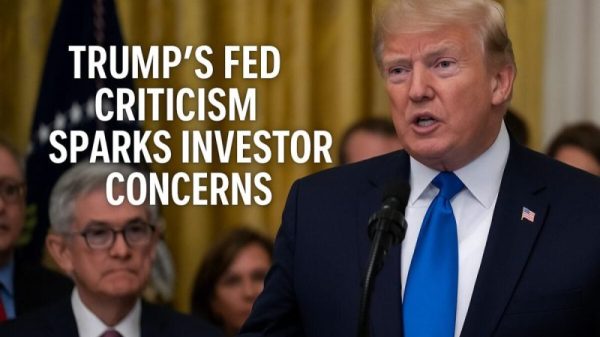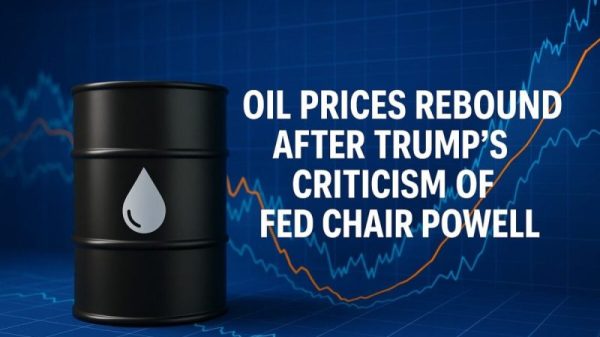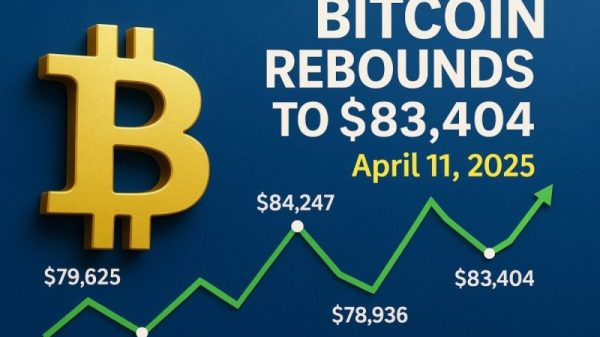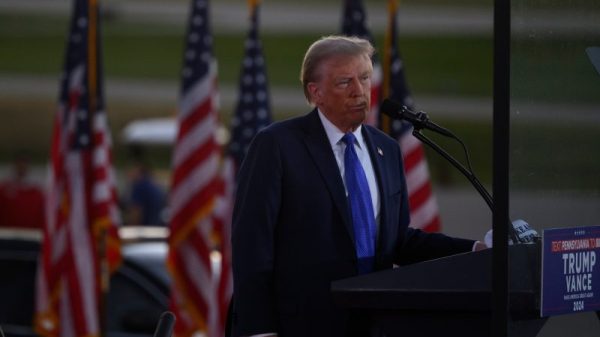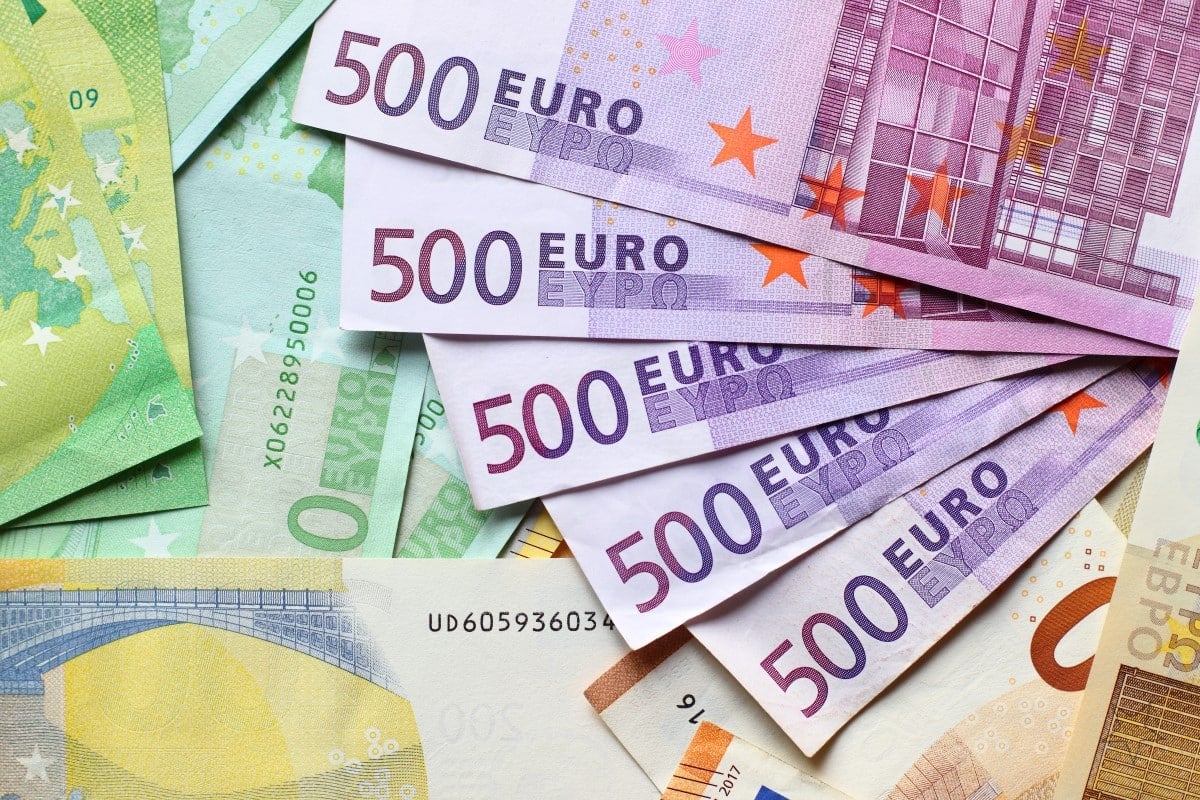Euro Plunges: Global Economy Reels
The recent turmoil in the foreign exchange market has raised concerns about the Euro crash and its implications for global economies. Amidst weak business data and the hawkish stance of central banks favoring the US dollar, the Euro has experienced a significant decline in value. We will explore the current scenario and provide expert strategies for selling Euros to optimize your returns. Whether you’re a frequent traveler or a savvy investor, understanding the Euro buy back rate and exploring opportunities for 100 Pound to Euro conversions can prove beneficial.
In the United Kingdom, despite a larger-than-expected 50-basis-point rate increase by the Bank of England (BoE) in response to persistent inflation, the pound struggled to maintain its gains. Concerns about a possible recession in the UK overshadowed the rate hike, causing the pound to fall by 0.31% to $1.2710. As a result, the pound was on track for a weekly loss of nearly 1%, snapping its three-week streak of gains.
Exploring the Euro Slide and its Implications
The Euro’s decline in value can be attributed to a combination of factors, including weak business data and the recent hawkish stance adopted by central banks, which has bolstered the US dollar. This downward trend raises concerns for individuals and businesses holding Euros, as it affects the purchasing power and profitability of international transactions. As a result, many are seeking effective strategies for selling back Euros to minimize losses and take advantage of more favorable rates. As of the current moment, the EUR/USD exchange rate stands at 1.08802, indicating a 0.69 percent decline from its daily opening levels.
The economic outlook for the eurozone appears to be heading towards a mild recession. However, the impact of this downturn on the European Central Bank’s (ECB) hawkish policy is uncertain and yet to be determined.
The recent fluctuations in the global currency market have seen the dollar index rebound after three consecutive weeks of losses. The index, which measures the dollar against a basket of six major currencies, climbed by 0.56% to reach 102.95. Meanwhile, the euro experienced a significant decline, sliding by 0.85% to $1.0859, marking its largest one-day fall since March.
These developments in the global currency market reflect the complex interplay between central bank policies, economic indicators, and geopolitical factors. Investors and traders are closely monitoring these shifts to gauge potential risks and opportunities. As central banks continue to make unexpected moves, it is crucial for market participants to stay updated and adapt their strategies accordingly.
Maximizing Returns: Expert Strategies for Selling Euros
Stay Informed: Monitoring the latest economic indicators, geopolitical events, and monetary policies can provide valuable insights into the Euro’s performance. By staying updated, you can anticipate potential fluctuations and make informed decisions regarding when to sell your Euros.
Timing is Key: The foreign exchange market is known for its volatility, and timing your currency exchange can significantly impact your returns. When the Euro is experiencing a downward trend, it may be a favorable time to sell Euros and convert them into other currencies, such as the US dollar or the British pound. This strategic move allows you to take advantage of the higher value of these currencies.
Seek Competitive Exchange Rates: Comparing exchange rates across various financial institutions and online platforms is crucial when selling Euros. Look for favorable rates that offer the best value for your currency. Some institutions even provide exclusive offers, such as 100 Pound to Euro conversions at attractive rates, which can enhance your returns.
The currency market remained dynamic, with unexpected moves from other central banks. Norway’s central bank surprised the markets by announcing a 50-basis-point rate hike and expressed its intention to implement another hike in August. Similarly, the Swiss National Bank raised its policy interest rate by 25 basis points on the same day, hinting at future tightening measures.
Navigating the Euro Crash
The ongoing Euro crash and its repercussions on the global market have prompted individuals and businesses to seek effective strategies for selling Euros. By staying informed about economic indicators and timing your currency exchanges wisely, you can maximize your returns. Furthermore, exploring competitive exchange rates and taking advantage of offers like 100 Pound to Euro conversions can help you optimize your gains. While the Euro’s future remains uncertain, it is crucial to stay proactive and adapt your currency exchange strategies accordingly. Remember, the key to success lies in being well-informed and making calculated decisions to mitigate risks and seize opportunities in the ever-changing foreign exchange market.
The currency market’s volatility underscores the importance of a well-informed and proactive approach. Traders and investors should closely track economic data, monetary policy decisions, and geopolitical developments to make informed decisions. The ongoing shifts in the global currency market serve as a reminder of the dynamic nature of foreign exchange and the need for adaptability in navigating its complexities.
The post Euro Plunges: Global Economy Reels appeared first on FinanceBrokerage.


